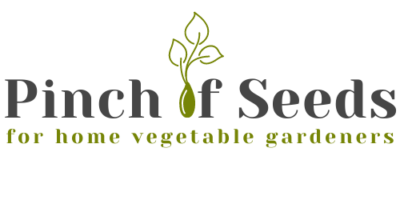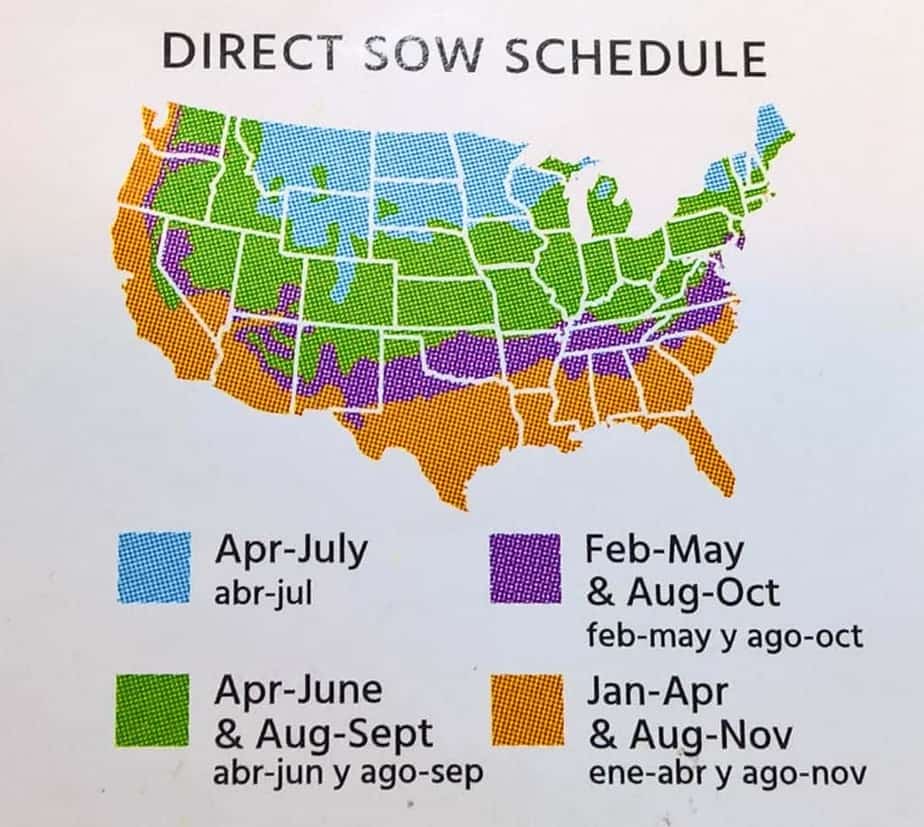Share this with your friends:
This applies to all gardeners; new as well as experienced. Before you pick a packet of seeds at your garden supply center, or pick out a plant for your yard. I would say even before you put a step in the garden center, know these facts to make sure you are buying a plant or seeds that are suitable for your garden:
1. Your USDA Hardiness Zone:
Have you ever wonder why some plants survive the winter and come back to life the next spring, whereas some just die and need to be re-planted each year? That’s because not all plants have same level of cold tolerance. That’s why you need to know the cold hardiness of the plants you want to grow.
US Department of Agriculture has developed a color coded map of the USA based on the average minimum temperature in the area. Each color represents one of the 13 zones. Higher the zone, higher the average temperature; which ranges from -60 degrees Fahrenheit (Zone 1A) to 70 degrees Fahrenheit (Zone 13B).
This information is used by the nurseries and garden suppliers in labeling plants and seed packets to convey if the plant variety is suitable for the consumer’s area and when to plant them. Above picture is an example from the back of a seed package.
Do a Google search or visit USDA website to find your hardiness zone.
2. Last Frost Date:
Most of the vegetables are very sensitive to the freezing temperature. Some vegetables like Swiss Chard and Carrots can survive light freeze, but it would kill the Peppers, Tomatoes and most large fruited plants. We have to wait till all the danger of frost is passed in spring, before we plant most of these veggies outside in the garden.
The US Department of Agriculture and NOAA have been collecting weather related data around the USA over many years. The data helps to predict a date in spring after which there is 50% chance that the temperature will not go below freezing. Yes, It’s a prediction, not a guarantee. It is possible that the freezing temperatures can occur during two weeks after the last frost date. But still, as a vegetable gardener, this is the date you will live by. Most of the spring gardening tasks such as seed starting, planting and transplanting are calculated based on this date.
Do a Google search to find out the Last Frost Date in your area.
3. First Frost Date:
Just like the last frost date of spring, we need to know the first frost prediction date of the fall as well. The difference between the last frost date and the first frost date determines how long of a growing season you will have. Based on that information, you can plan the second sawing, start a second crop for the coolers season or provide the protection to the summer crops to extend the harvest a little longer.
Do a Google search to find out the Last Frost Date in your area.
Here are the three facts of my garden:
USDA Zone: 7B
Last Frost Date of the Spring : April 6th
First Frost Date of the Fall: October 15th
Did you already know these facts? Have you found out just now? Let me know!
Share this with your friends:

